Battle of Worringen (1288)
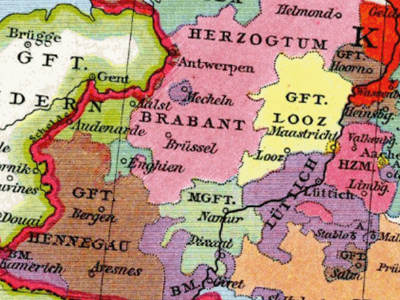
The Battle of Worringen was fought on June 5, 1288, near the town of Worringen (also spelled Woeringen), which is now the northernmost borough of Cologne. It was the decisive battle of the War of the Limburg Succession, fought for the possession of the Duchy of Limburg between Archbishop Siegfried II of Cologne and Duke John I of Brabant, and one of the largest battles in Europe in the Middle Ages.
Prelude
The conflict arose after Duke Waleran IV of Limburg, a scion of the Lotharingian Ardennes-Verdun dynasty, had died without male heirs in 1279. His duchy was inherited by his daughter Ermengarde, who had married Count Reginald I of Guelders about 1270. Her husband claimed the Limburg heritage and in 1282 had his ducal title recognized by the German king Rudolf I.
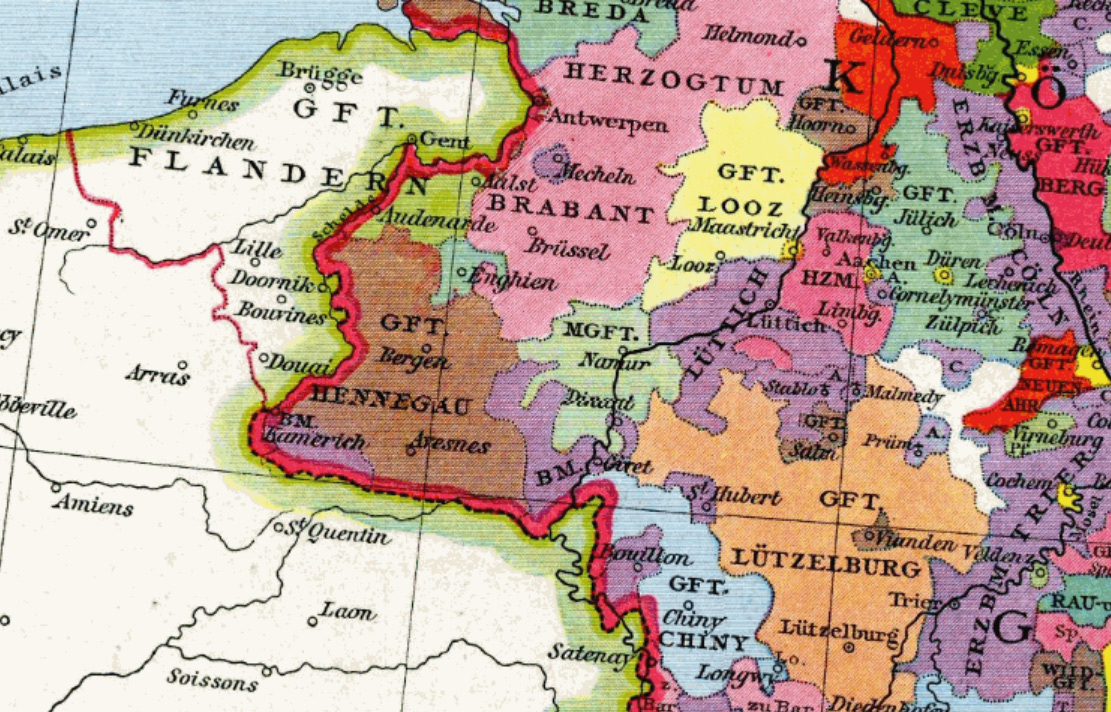
Lower Lorraine territories about 1250, Brabant and Limburg in pink
The marriage of Reginald and Ermengarde, however, remained childless and when she died in 1283, Count Adolf VIII of Berg, Duke Waleran's nephew as son of his elder brother Count Adolf VII, also claimed the Limburg duchy. As far as the succession in the female line was denied, Reginald was unable to assert his claims. An agreement seemed possible; nevertheless, Count Adolf VIII of Berg preceded his Ardennes relatives when in September 1283 he sold his claims to the mighty Reginar duke John of Brabant.
Duke John intended to enlarge his Brabant territory and re-unite the former Duchy of Lower Lorraine in the northwest of the Holy Roman Empire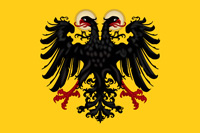 The Holy Roman Empire was a political entity in Western, Central, and Southern Europe that developed during the Early Middle Ages and continued until its dissolution in 1806 during the Napoleonic Wars. From the accession of Otto I in 962 until the twelfth century, the Empire was the most powerful monarchy in Europe. The empire reached the apex of territorial expansion and power in the mid-thirteenth century, but overextending led to partial collapse.. Limburg was also economically important as it stretched along the major Via Regia trade route to Aachen and Cologne on the Rhine river. Though Brabant held the title of Duke of Lothier since 1190, it had been solely honorific and did not imply any inheritance claims. The Limburg nobles therefore refused to accept John's overlordship, when his forces invaded the duchy.
The Holy Roman Empire was a political entity in Western, Central, and Southern Europe that developed during the Early Middle Ages and continued until its dissolution in 1806 during the Napoleonic Wars. From the accession of Otto I in 962 until the twelfth century, the Empire was the most powerful monarchy in Europe. The empire reached the apex of territorial expansion and power in the mid-thirteenth century, but overextending led to partial collapse.. Limburg was also economically important as it stretched along the major Via Regia trade route to Aachen and Cologne on the Rhine river. Though Brabant held the title of Duke of Lothier since 1190, it had been solely honorific and did not imply any inheritance claims. The Limburg nobles therefore refused to accept John's overlordship, when his forces invaded the duchy.
Between 1283 and 1288, the conflict was delayed by several smaller confrontations between both sides, none of them decisive. Meanwhile, most of the other local powers chose sides. Foremost Siegfried II of Westerburg, the Archishop of Cologne, suspiciously eyed John's increasing power in the Lower Lorraine lands. In view of their common interests, he and Reginald of Guelders forged an alliance in August 1284, joined by Count Henry VI of Luxembourg, and his brother Waleran I of Ligny, as well as by Count Adolf of Nassau. On the other side the Westphalian counts of Mark took the chance to affirm their independence from the Archbishop of Cologne and together with the Counts of Loon, Tecklenburg and Waldeck allied with Brabant and Berg.
The Battle
In May 1288, Henry of Luxembourg had led a significant army into the Cologne region. Numerous vassals and allies joined his forces and Reinald of Guelders finally sold his rights to Limburg to him, just before peace talks were scheduled. This angered Duke John of Brabant, who in turn started a campaign against Reinald. In Brühl, he met with the Mark and Berg troops by the end of the month. Together they marched against Worringen, a castle on the Rhine held by the Archbishop of Cologne. John laid siege to the fortress, supported by the Cologne citizens, who were eager to emancipate themselves from the archbishop's rule.
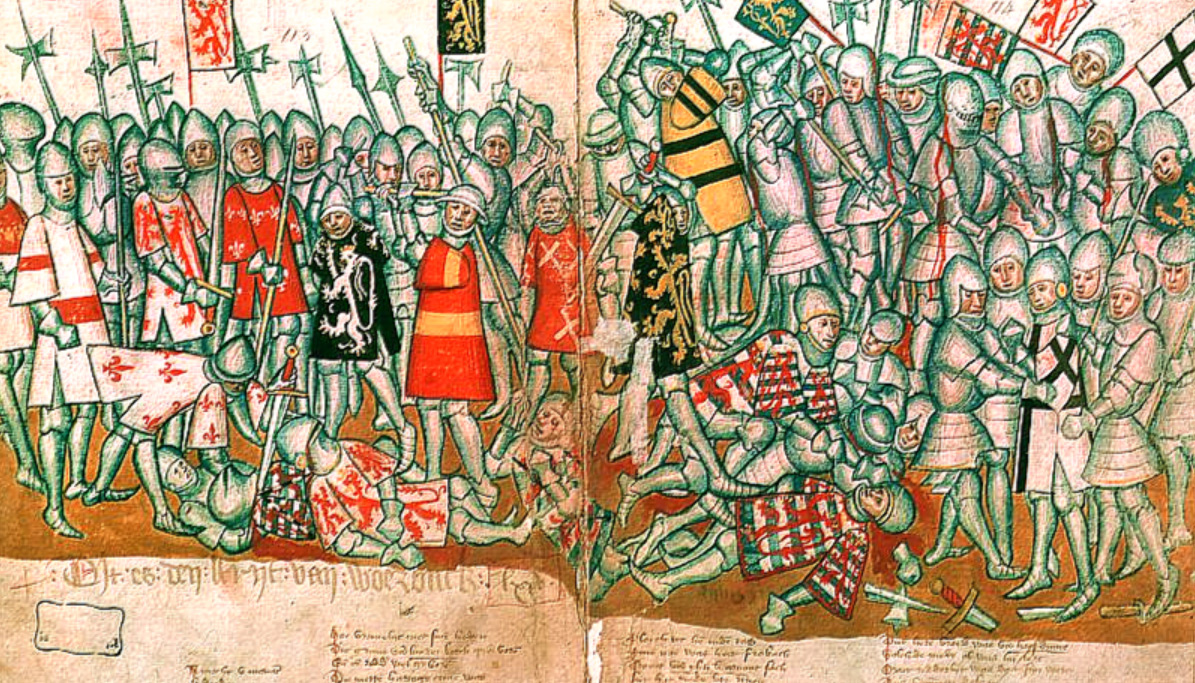
Illustration from a mid 15th century ms. of Brabantsche Yeesten

Illustration from a mid 15th century ms. of Brabantsche Yeesten
( Click image to enlarge)
Siegfried, witnessing the estrangement of his subjects, likewise started marching. He and Henry of Luxembourg gathered their troops at Neuss and moved to Brauweiler Abbey. On the early morning of June 5, they departed for Worringen at the head of their troops.
In the earliest phases of the battle, John of Brabant and Henry of Luxembourg met in a fierce fight, in which Henry and two of his brothers were killed. Soon after that, Siegfried entered the battle and in a bold advance was able to beat off the Berg troops and the Cologne militia, however with too little support from his back army.
In mid afternoon, the Berg and Mark troops, along with the Cologne citizens, had gathered again and started a savage attack on the archbishop's forces. The battle ended in a victory for Brabant when Reinald of Guelders was captured by Daniel van Bouchout and Lord Walram of Valkenburg had to retreat. The archbishop was taken prisoner by Duke John of Brabant and delivered to Adolf of Berg.
Aftermath
The number of deaths at the battle of Worringen is estimated at 1100 on the Guelders side and 40 on the Brabant side. The blood toll on the house of Luxembourg was particularly high: most of the male relatives of the later German emperor Henry VII perished there. Archbishop Siegfried was imprisoned for over a year at Schloss Burg, before he paid a ransom and agreed to Count Adolf's demands. Worringen Castle and several other fortresses of the bishop were demolished. On 14 August 1288, Adolf granted Düsseldorf city rights, whereafter it became the capital of Berg. Reinoud of Guelders was released after he had renounced all claims to the Duchy of Limburg.
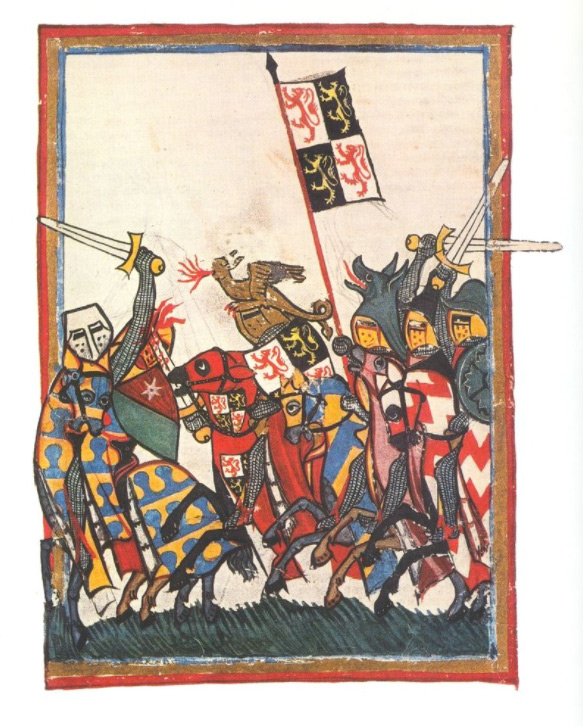
John I, Duke of Brabant, at the Battle of Worringen, Codex Manesse, about 1340
The Battle of Worringen meant a rise in the power of Brabant, Berg and Mark, while the City of Cologne gained its independence from the Archbishopric and finally the status of an Imperial city in 1475. The Duchy of Limburg was added to the Duchy of Brabant in 1289, an arrangement approved by King Rudolph and again by his former opponent Adolf of Nassau, after he was elected King of the Romans in 1292. In Luxembourg, Henry VI was followed by his nine-year-old son Henry VII, who in 1292 settled the conflict with Brabant by marrying John's daughter Margaret. The Archbishopric of Cologne never recovered from the loss of the city of Cologne.
Jan van Heelu wrote a chronicle of the battle.
HISTORY
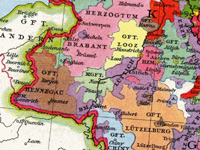
RESOURCES
This article uses material from the Wikipedia article "Battle of Worringen (1288)", which is released under the Creative Commons Attribution-Share-Alike License 3.0.
© Stories Preschool. All Rights Reserved.








